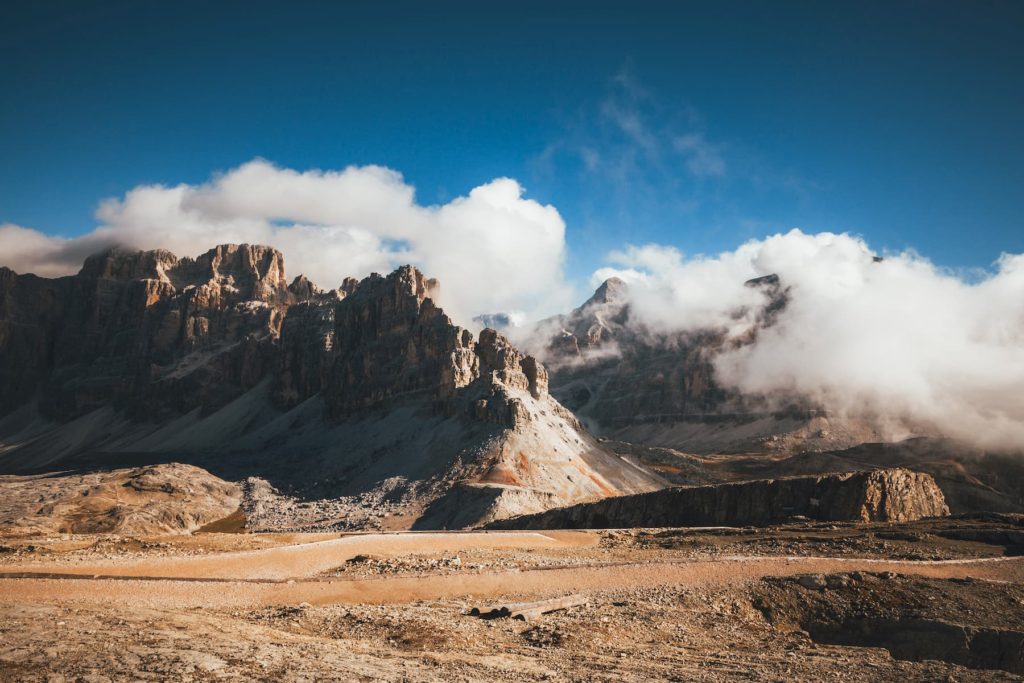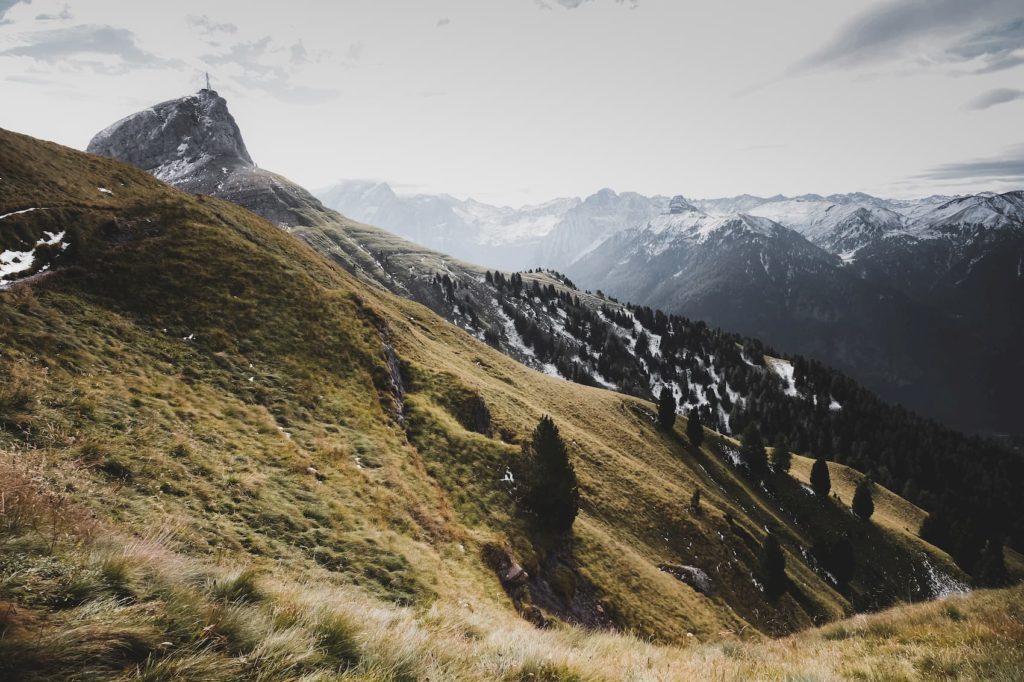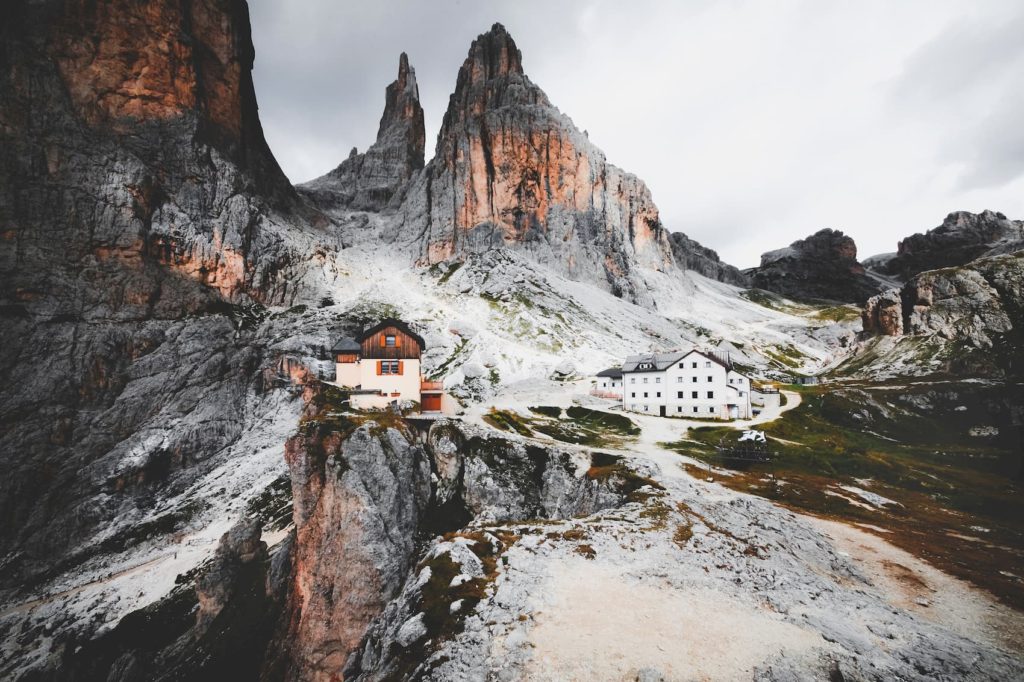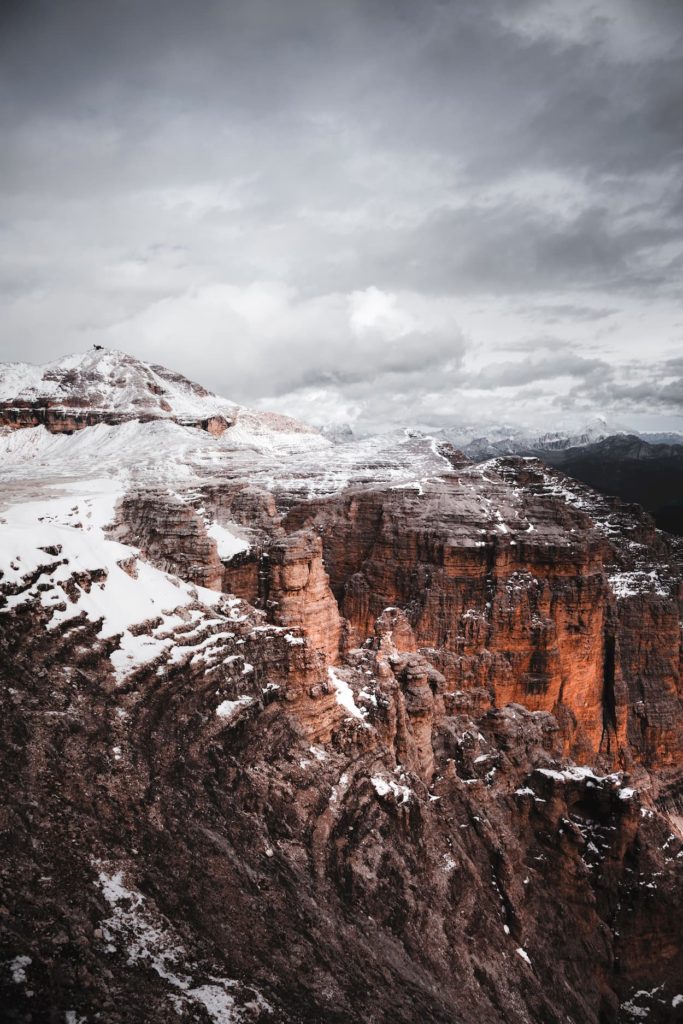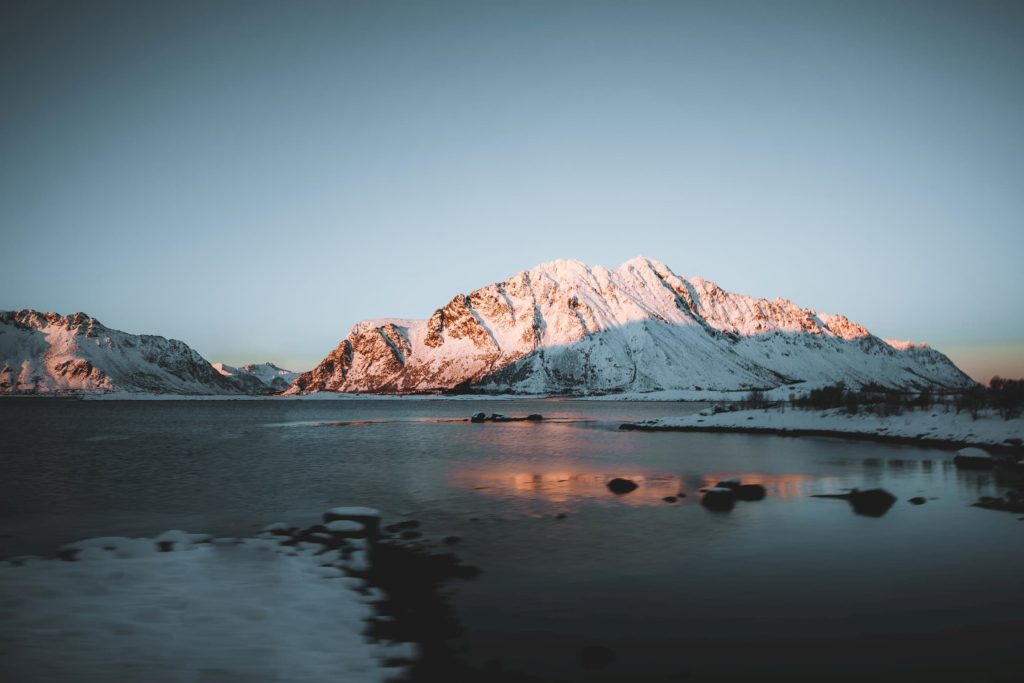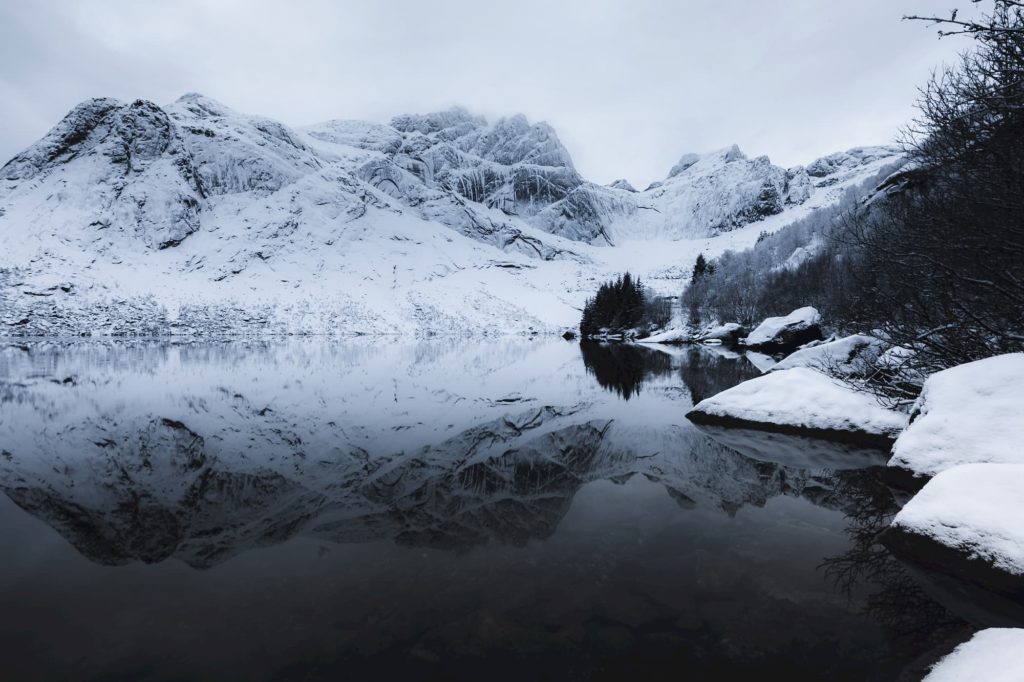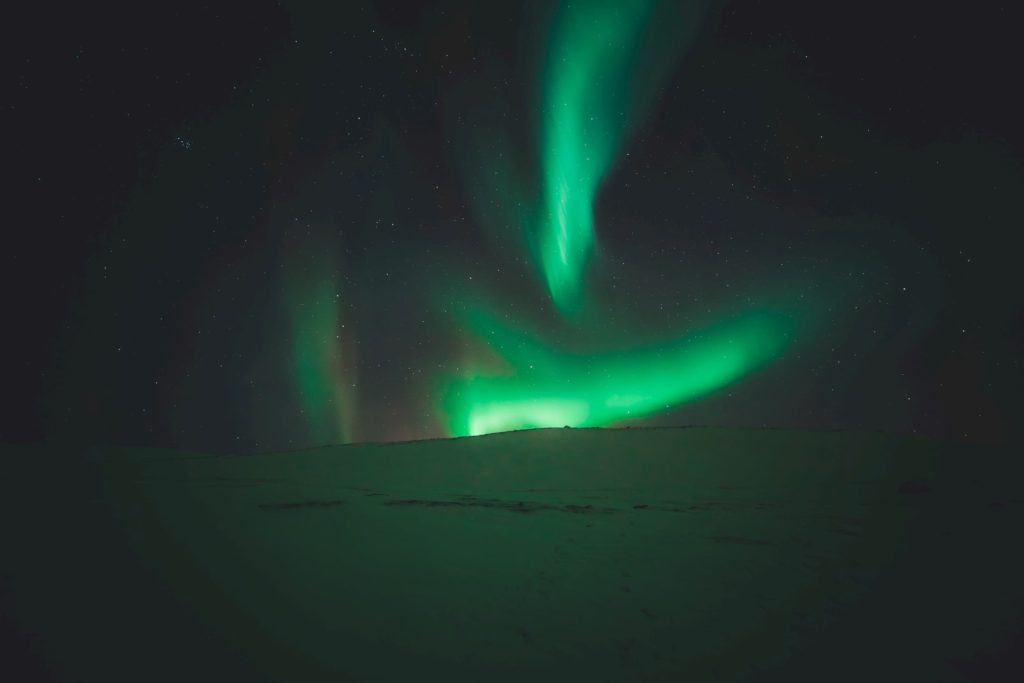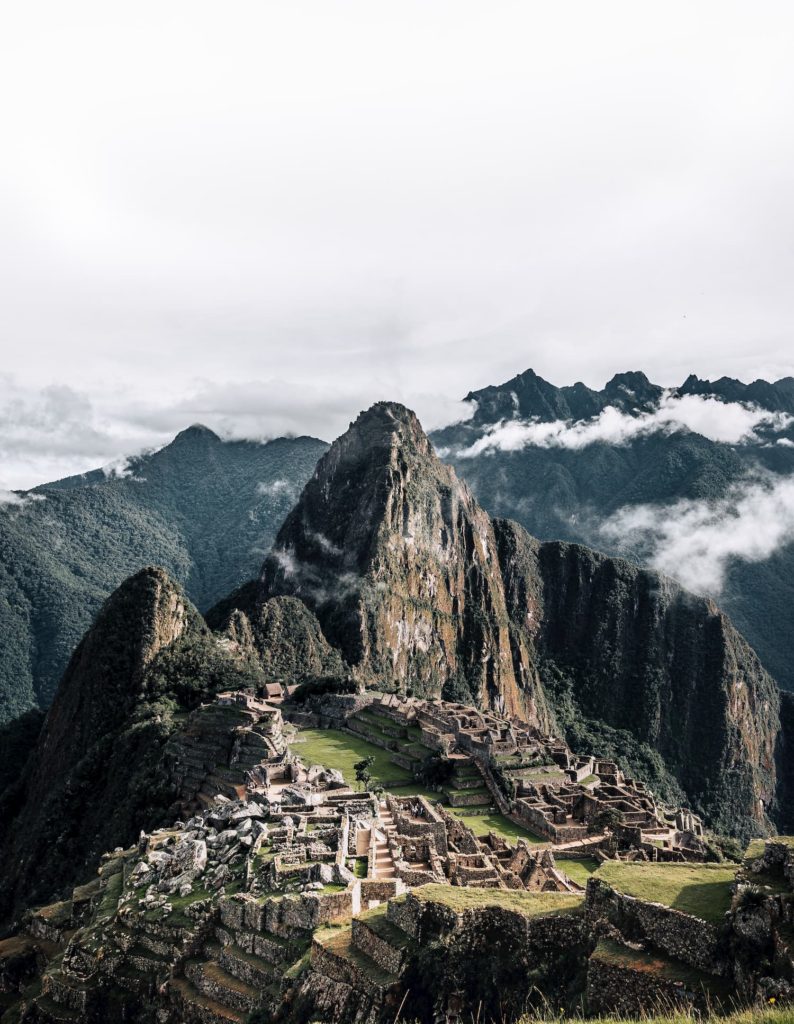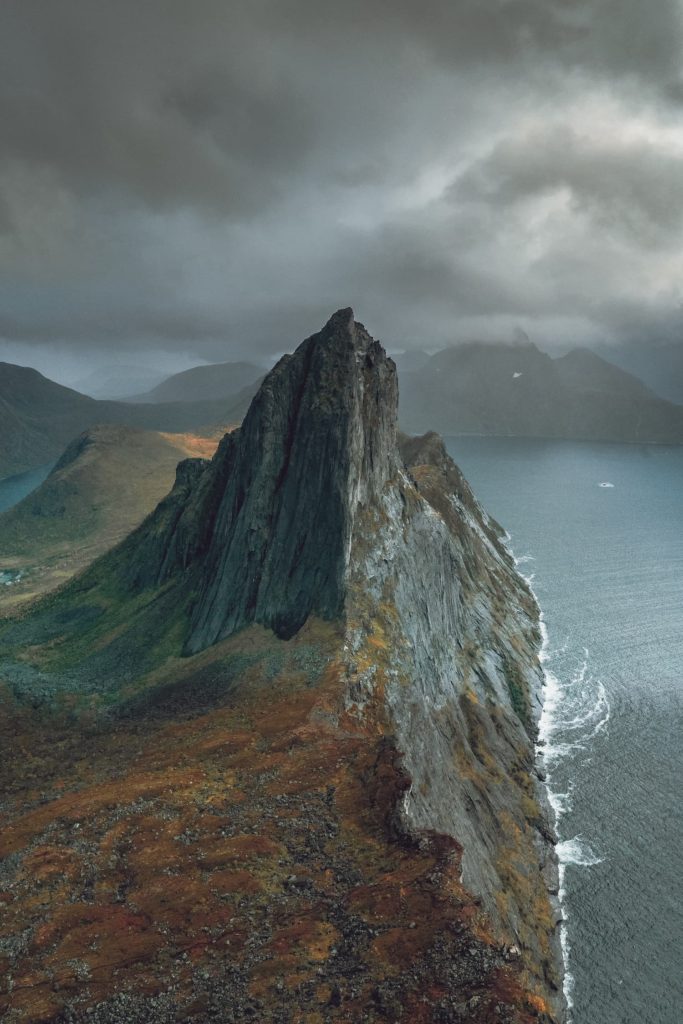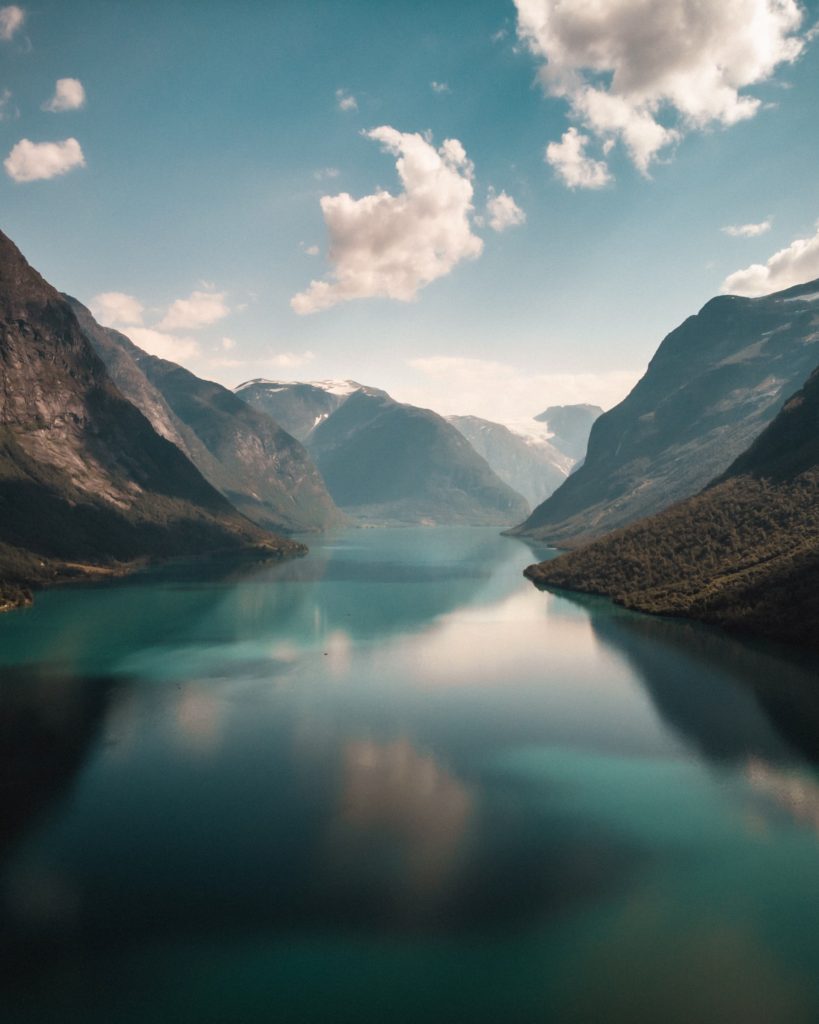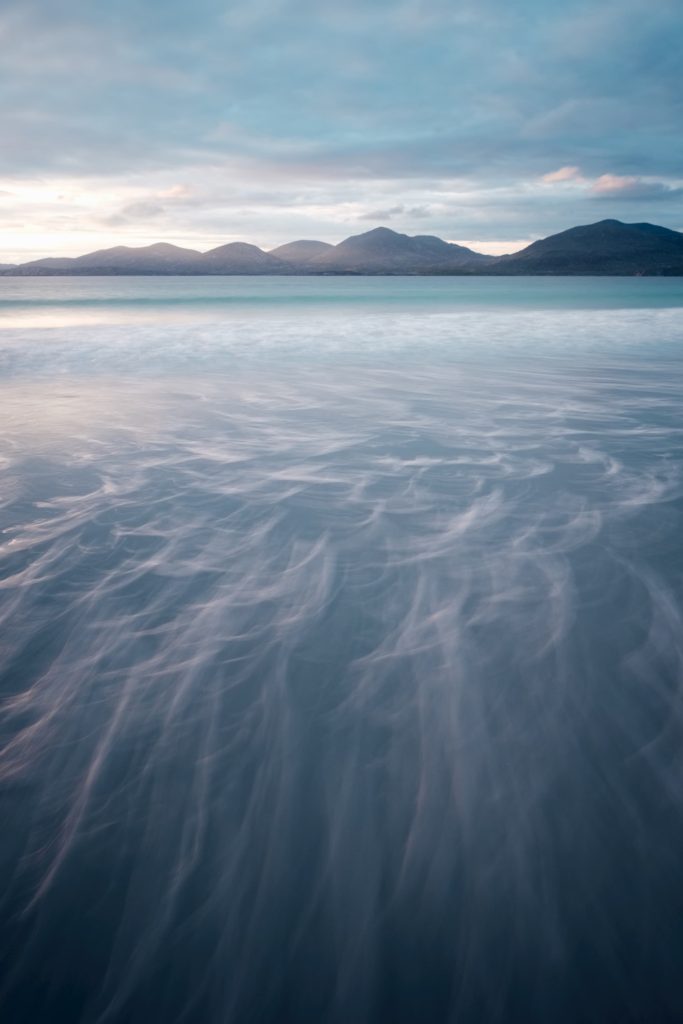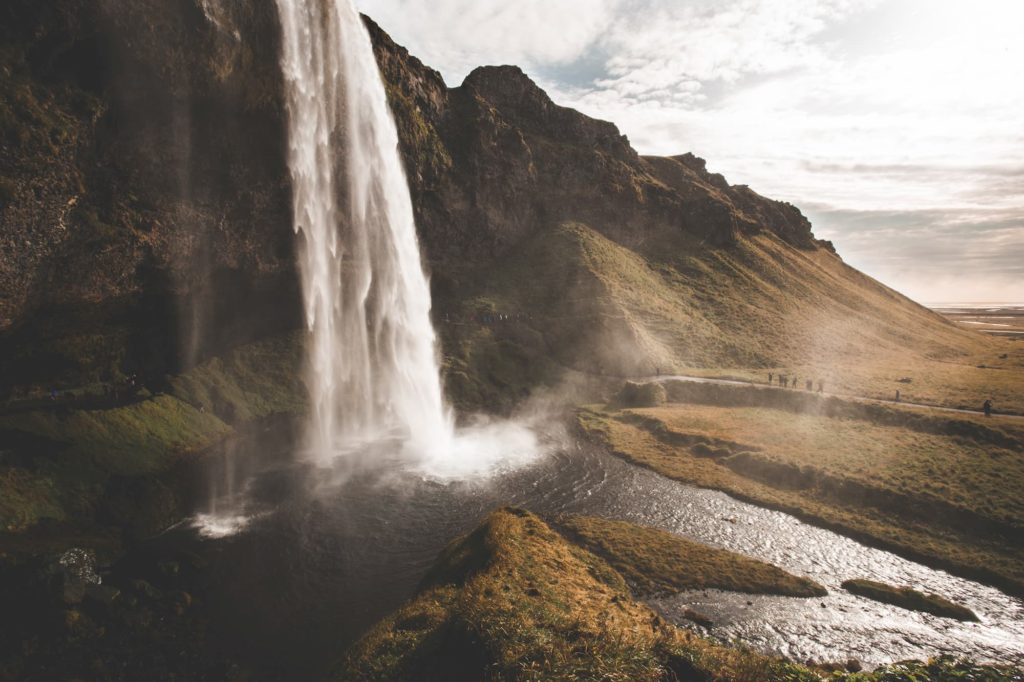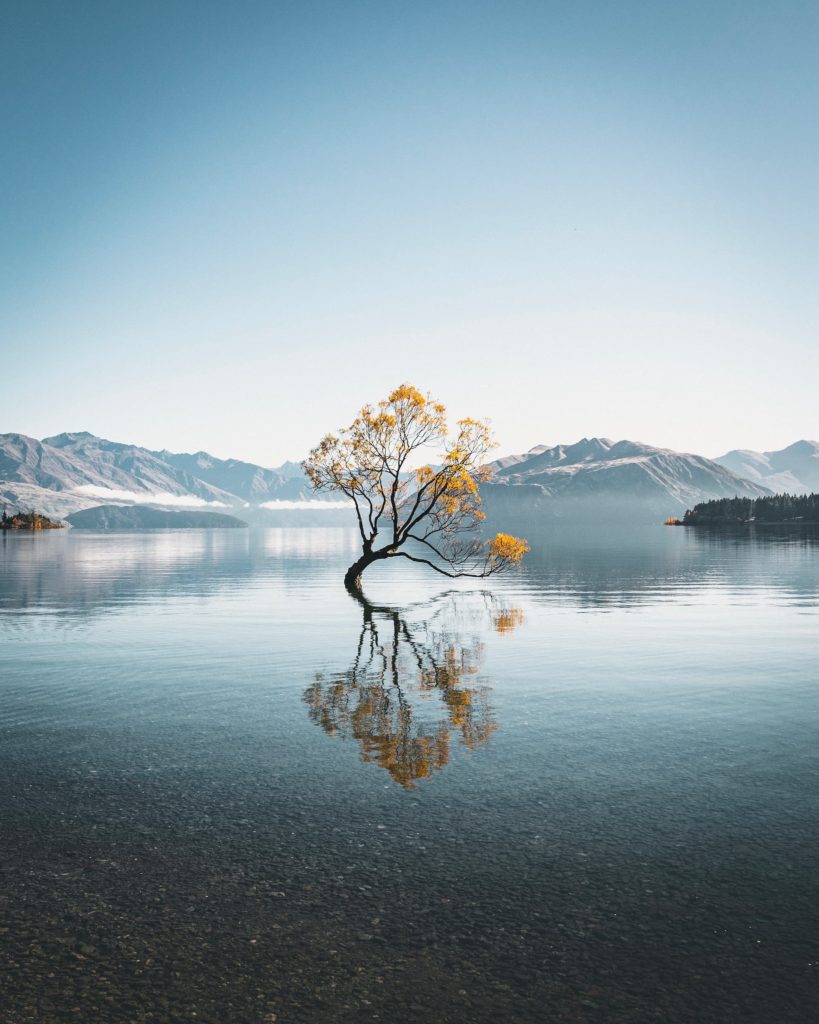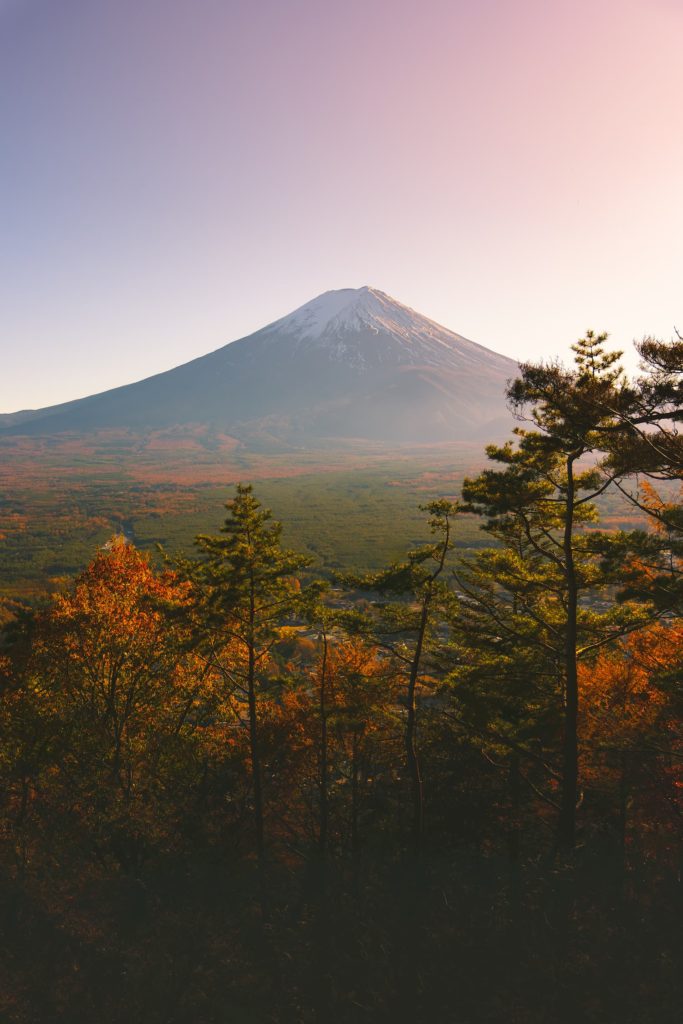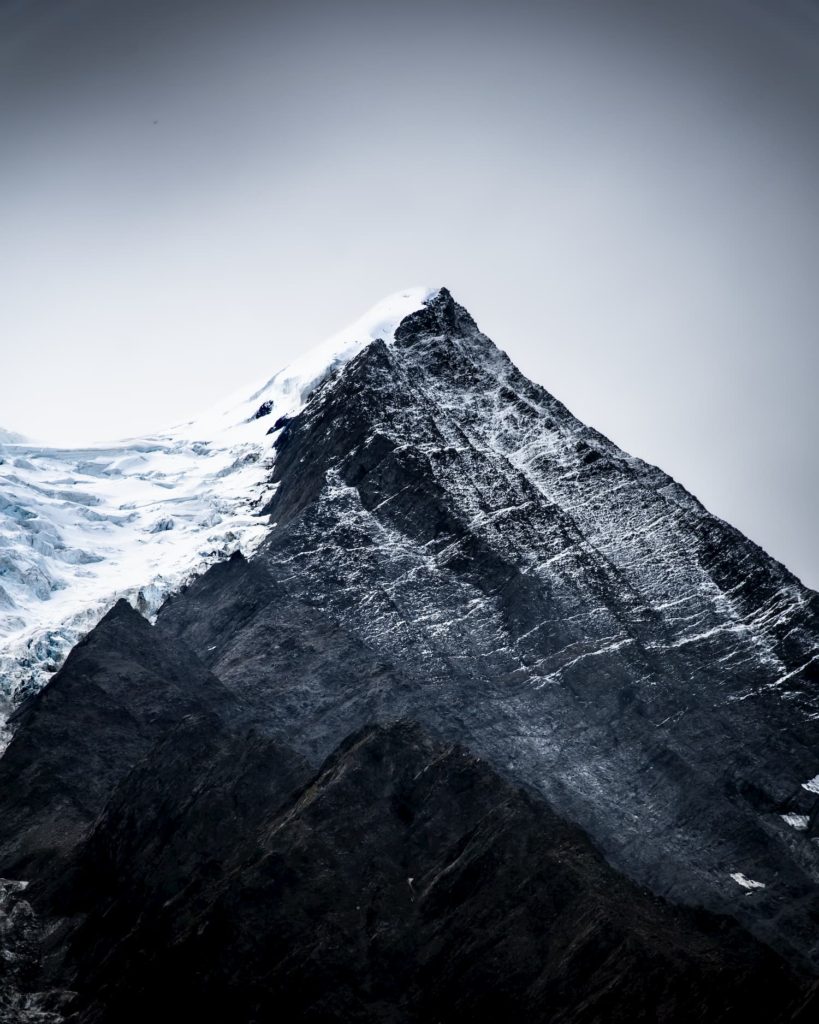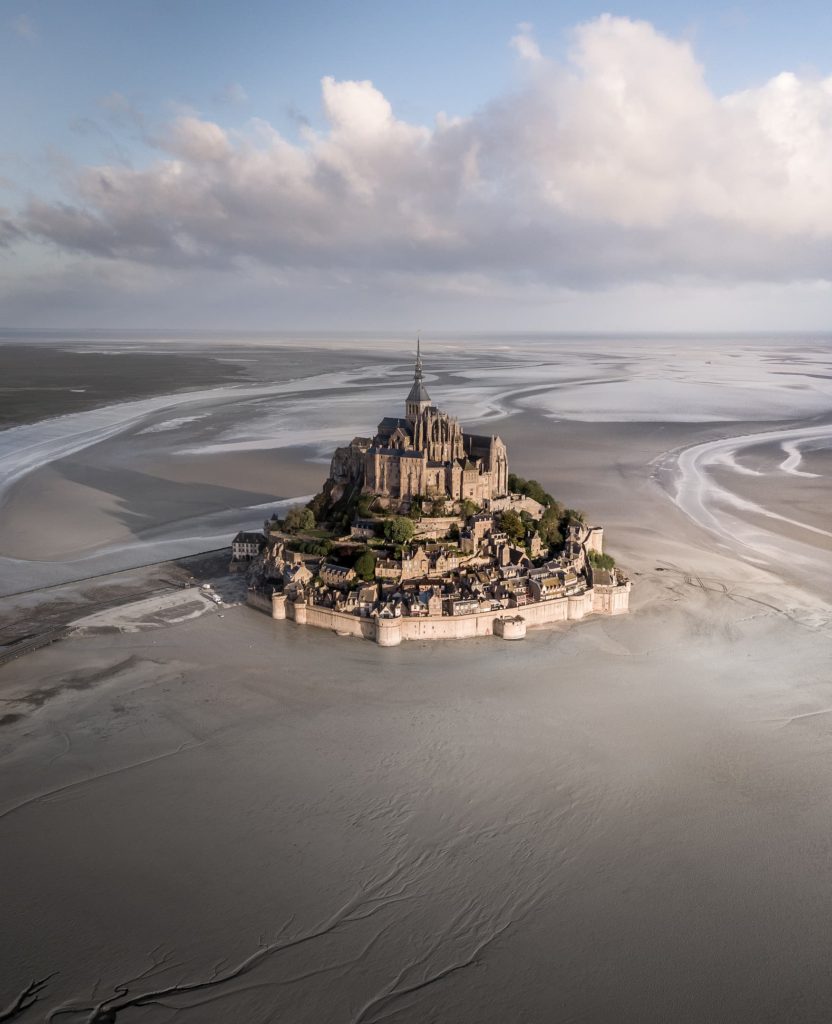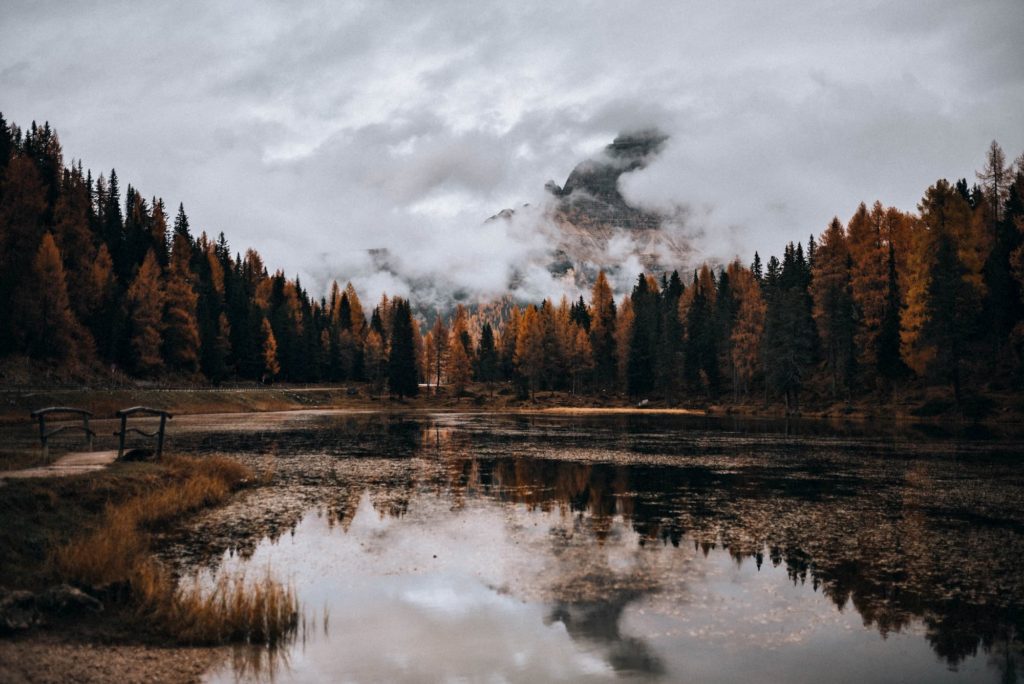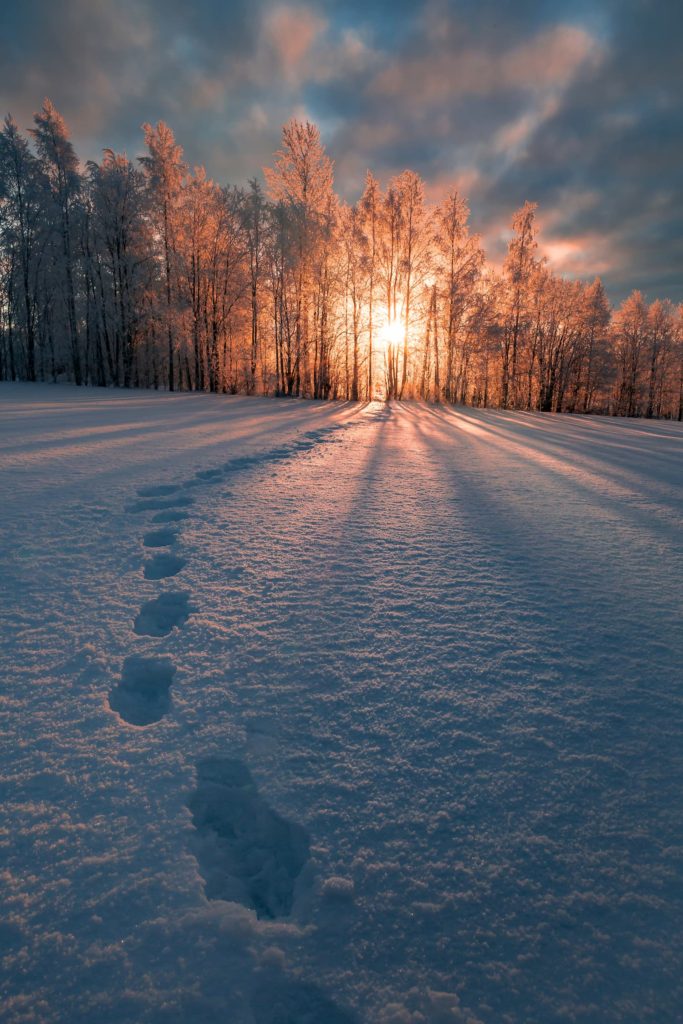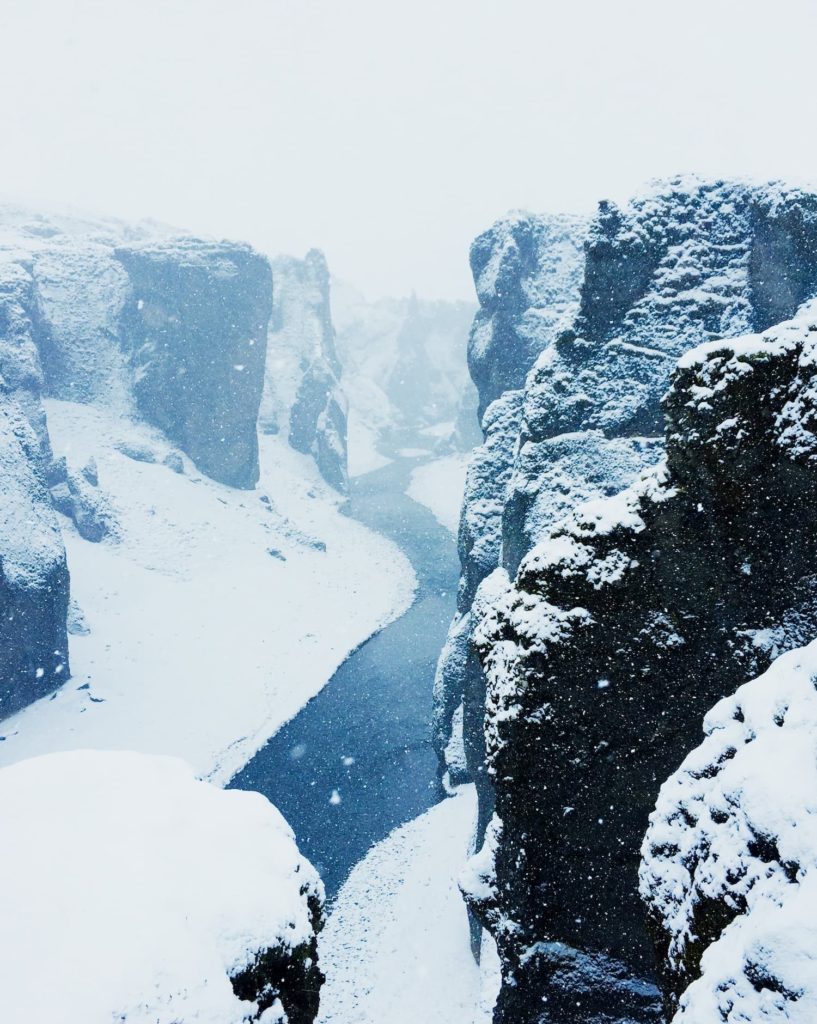
Giorgio Grande
@giorgiograndephotography
Photographer based in Italy
When I was younger, I didn’t have a secure job or income and I didn’t have the opportunity to travel. Though I had this feeling of wanderlust within me. I think I got this from books; I had a few periods where I read many books a month and all of them were about adventures and travel. Stories about expeditions in the mountains written by for example Messner, Simone Moro, and other Himalayan climbers who wrote down their experience. I also have a great passion for space and lunar travel, it’s just fascinating! In 2004 I began traveling myself and since 2010 I usually make three to four trips a year. To me, travel is something abstract, something that touches my soul and that takes me to a higher mental and physical level.
"It is difficult to describe, but I always try to put my whole being into what I do and that goes for traveling too."
"I can say that the same happened with photography."
I am passionate about computer science and technology and I also followed the digital development of photography. There wasn’t a specific moment I fell in love with photography, it just happened to grow into something I was enthusiastic and curious about. The technology, the challenge; basically all the facets of photography. I was spending a lot of time reading about it and I felt I wanted to bring photography, what gradually had become a passion, to another level. As said, I like to put my whole being into what I do. I wanted to immerse myself more in what made me feel good. So I bought a Canon in 2005 and the year after a Sony a100. I registered on all the photography platforms of that time, and contributed a lot to Flickr.
"Then in 2008, Italy was hit hard by the economic crisis."
I found myself in a unpleasant work situation and I wasn’t even sure what I wanted to do with my life. So, a little bit for fun, a little by chance and with a little of luck, I decided to dedicate myself fully to photography. I registered, got the VAT number and committed myself 100% to this goal. This always reminds me of not losing hope when things don’t go well or when feeling down. It was the moment the world was in crisis and I felt displaced and vulnerable that I made the decision to turn my passion into my job and which, with a lot of determination and commitment, turned out to become a success. It wasn’t easy to take this decision, as many other things in life haven’t been easy. But all hard circumstances I’ve been through as a kid until now made me stronger.
My main challenge in photography was in the first phase to create a personal style, to continuously carry out a certain line that would be my personal mark, my brand, so basically to be recognizable. The word that has been leading my work is “harmony.” I wanted something that is pleasing to the eye but not too artificial. Tools such a Lightroom and Photoshop are indispensable for me, but without exaggerating. When editing, the important thing is consistency, especially from a working perspective it is key to have your own style so potential clients know what to expect.
"However, listening to the customer's requests and trying to satisfy him without distorting one's own being can be a difficult compromise to achieve but it is possible."
Once I felt confident about my style and more comfortable in my role, I used communication and commercial strategies to be able to make myself known; not just showing my work, but also my personality. It is often overlooked, but besides quality content it’s very important to brand yourself as well. I believe that honesty, humility and transparency are the best qualities; in the long run this is what makes people come back to you because they trust you. And then there’s the equipment. In the beginning I spent most of my earnings on gear because that is what allows to express myself and bring home the result.
"Being a technology lover, for me it’s crucial."
"Photography is my main job now and I focus on three genres."
I specialize in interior design photography; I work for some online portals such as Airbnb and also for some local businesses in the region. I live in a touristic area and therefore my profession is in great demand. Then the second part of my job concerns capturing the internal virtual tours of commercial activities. I have been part of the Google Street View program since 2014 and I have seen a lot; I was one of the pioneers of 360 ° in Italy. Besides these, I do wedding photography as well although I decided not to do more than 10 weddings a year. I want it to be only 30% of my profession as weddings are demanding. When shooting at weddings it’s like if I am being tested; it’s very challenging but at the same time stimulating and pushing me to do my best. In some cases, in agreement with the lucky couple, I can experiment with my photography.
"I can get rid of all technicalities and formalities and let myself go with my artistic side… Such a good feeling!"
I do landscape photography mainly for leisure, I love nature and almost always have a camera with me when I go out. I like to capture what I live in these moments when I travel or go outdoors. Every now and then it happens that I get some project to photograph a land or territory, so occasionally I get paid for landscape photos. Working more with travel agencies or tourism boards would surely be something I’d like to give more attention to in the future…
"Traveling is special. You get to experience so many things that are unexpected, revealing emotions and creativity within you that would just not be possible back home, in your daily routine, known workflow and environment."
I remember so well the amazing sensation of being at 4600m on Monte Rosa, Italy, or the weird but incredible experience in Lofoten with 20 hours of darkness and -20 degrees. Or my trip to Bali, where I felt so many strong emotions, where I found internal peace and personal growth. The local culture and the people are a very important aspect of my travel experience, as well as the nature; Bali has been wonderful in that sense. It is sad to see that tourism is ruining and westernizing these places in South-East Asia, and other parts of the world too. We should have more respect for the planet and other cultures, trying to really help and not impose certain western ideas on them because are thought to be “better” while it’s actually destroying and interrupting their world and way of living.
"Each person has their own curve of development, and so do countries. There’s a thin line between helping and destroying, I believe."
Would you like content like this sent to your inbox?
MUST READ STORIES OF MARCH
MUST READ STORIES OF FEBRUARY
MUST READ STORIES OF JANUARY
NOMADICT
ART GALLERY
THE LATEST STORIES
WRITEN WITH PASSION TO INSPIRE YOU
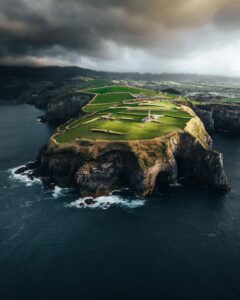
Photo tour in Azores, Portugal
Join us in the Azores for a unique photo tour, where you’ll elevate your creative skills with expert guidance from Ronald Soethje, Bruno Ázera, and Nomadict.
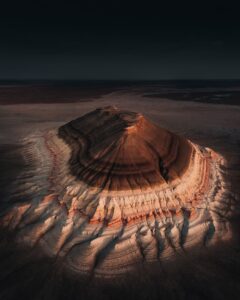
Forest Kai (@forest1kai): Photographer based in the US
In this article, Forest shares how years of chasing scale, silence, and raw landscapes shaped his approach to photography, from the deserts of Kazakhstan to the volcanic ridges of Iceland. He talks about how he uses light, texture, and vast negative space to create images that feel both intimate and overwhelming.
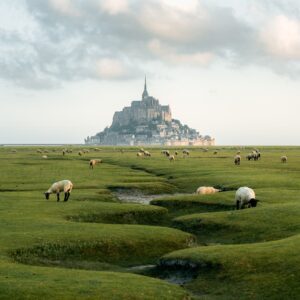
Simon Hechtbauer (@roamwithsimon): Best of the Week 32 at #nomadict
Simon shares the journey behind his photography, from early inspirations to field techniques, editing, and the story of the winning shot that shaped his path.

Miroslav Maršík (@miromarsik): Photographer based in Czech Republic
In this article, Miro shares how his love for cinematic music evolved into a deep passion for photography and how he uses light, color, and atmosphere to turn the streets of Prague into living film scenes.

Aurora photography panorama workflow: A guide to camera settings, editing, and color
In this article, Stefanie reveals how her background in physics sparked her passion for astrophotography and how she blends science with creativity to capture the beauty of the night sky. Readers will discover her approach to color, contrast, and editing, as well as her aurora photography workflow.

Yhabril (@yhabril): Best of the Week 33 at #nomadict
Spanish photographer Yhabril captures the profound connection between humans and the mountains that shaped him. Growing up in the Pyrenees, his work bridges outdoor sports, landscapes, and celestial scenes — often blending athletes, moonlight, and wilderness into striking visual stories.

Ariane Totzke (@besondersschwierig): Photographer based in Switzerland
In this article, Ariane shares how photography helped her navigate personal challenges, connect authentically with people and animals, and develop a philosophy rooted in empathy and artistic freedom. Readers will also discover her ethical approach to wildlife photography and her trusted equipment for both camouflage techniques and cameras.

How to photograph Dutch tulip fields: A guide to light, gear, composition, and colors
Discover how to photograph Dutch tulip fields in their most magical light. From choosing the right gear and lenses to mastering composition, color, and aerial perspectives, this guide shares creative techniques to capture the beauty of the Netherlands’ tulips. Learn how light, color grading, and proportion bring emotion into every frame.

